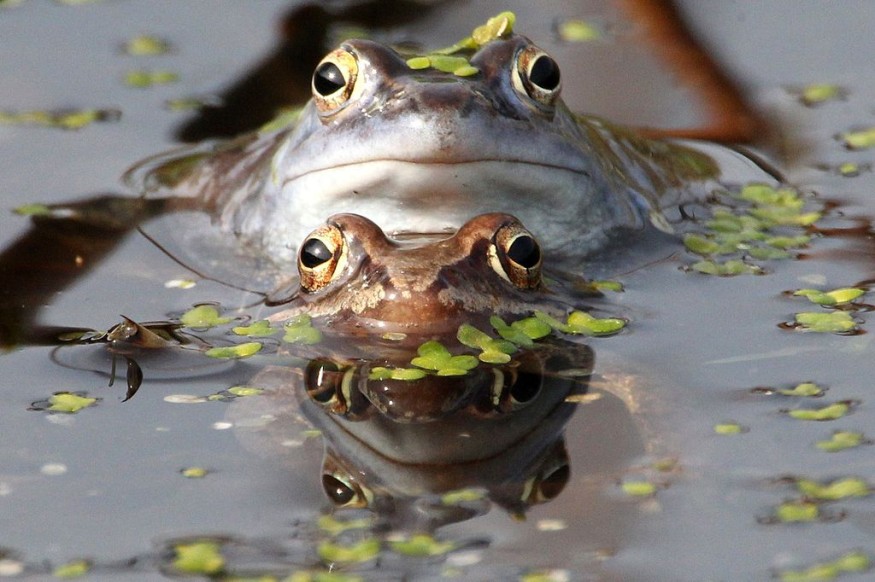
Scientists from Germany discovered a new way to harness breathing techniques for tadpoles by incorporating photosynthesis.
As we all know, photosynthesis is a process of converting light energy into chemical energy through cellular respiration. To adopt this method to frogs who live a double life in land and water, scientists had introduced a new method by which algae are injected into their bloodstream to supply oxygen.
These allows production of oxygen that could "bring the nerve cells back to life, if you will," says senior author Hans Straka of Ludwig-Maximilians-University Munich. "For many people, it sounds like science fiction, but after all, it's just the right combination of biological schemes and biological principles."
To harness this power of photosynthesizing algae, scientists led by Straka studied oxygen consumption in tadpole brains of African clawed frogs (Xenopus laevis) using combined plant physiology and neuroscience.
If it works on plants, why not in frogs?
First, scientists had to shut down the tadpoles' brains completely, just to resurrect it back to life. This is made possible by activating algae and make it create oxygen by projecting light into the water tank.
"The authors employ an elegant and easily reproducible experimental approach to examine the effects of activation of photosynthetic organisms as a way to directly increase oxygen levels in the brain," wrote Diana Martinez, who is a neuroscientist at Rowan University in New Jersey in an email.
She adds that the work is "an important first step in using natural resources to address pathological impairments" that will deplete oxygen in the brain, such as heart attack and stroke.
"We succeeded in showing the proof of principle experiment with this method. It was amazingly reliable and robust, and in my eyes, a beautiful approach," says Straka. "Working in principle doesn't really mean that you could apply it at the end, but it's the first step in order to initiate other studies."
The next step for the development is to see whether or not the process can cause an immune response that wreaks havoc on the animals.
Read also: Caught on Cam: Researchers Horrifed as 'Vegetarian' Giant Tortoise Attacks and Eats Seabird
Why not in humans?
While the newly-discovered breathing technique works well for vertebrates like frogs, humans are far-from-ready to experience the same. However, the scientists believe that their findings may someday lead to new therapies for conditions induced by stroke or oxygen-scarce environments.
Hopefully, the algae photosynthesis could be incorporated in a machine, appliance, or some kind that could one day help humans as well. After all, science has in store for us great innovations. It is only a matter of how far we'll go in exploring its wonders.
Starka also see this as a benefit to other laboratories that work with isolated tissues or organoids and potentially reduce the need of using live animals for experiments.
"If you are open-minded and think it through, all of a sudden, you can see all the possibilities from one idea."
© 2025 NatureWorldNews.com All rights reserved. Do not reproduce without permission.





